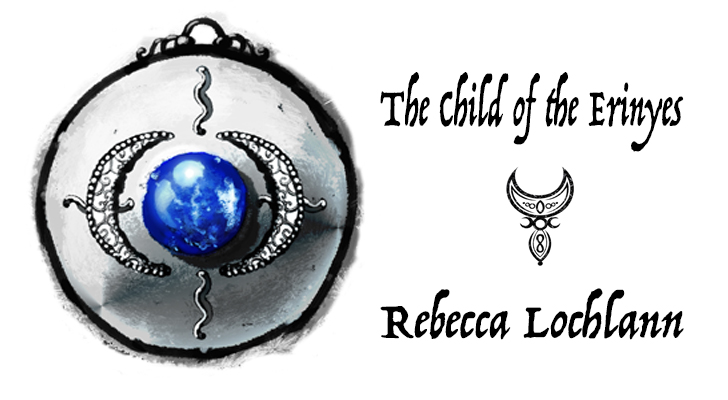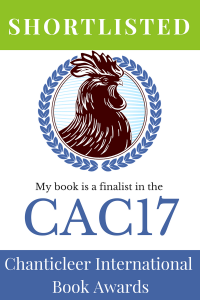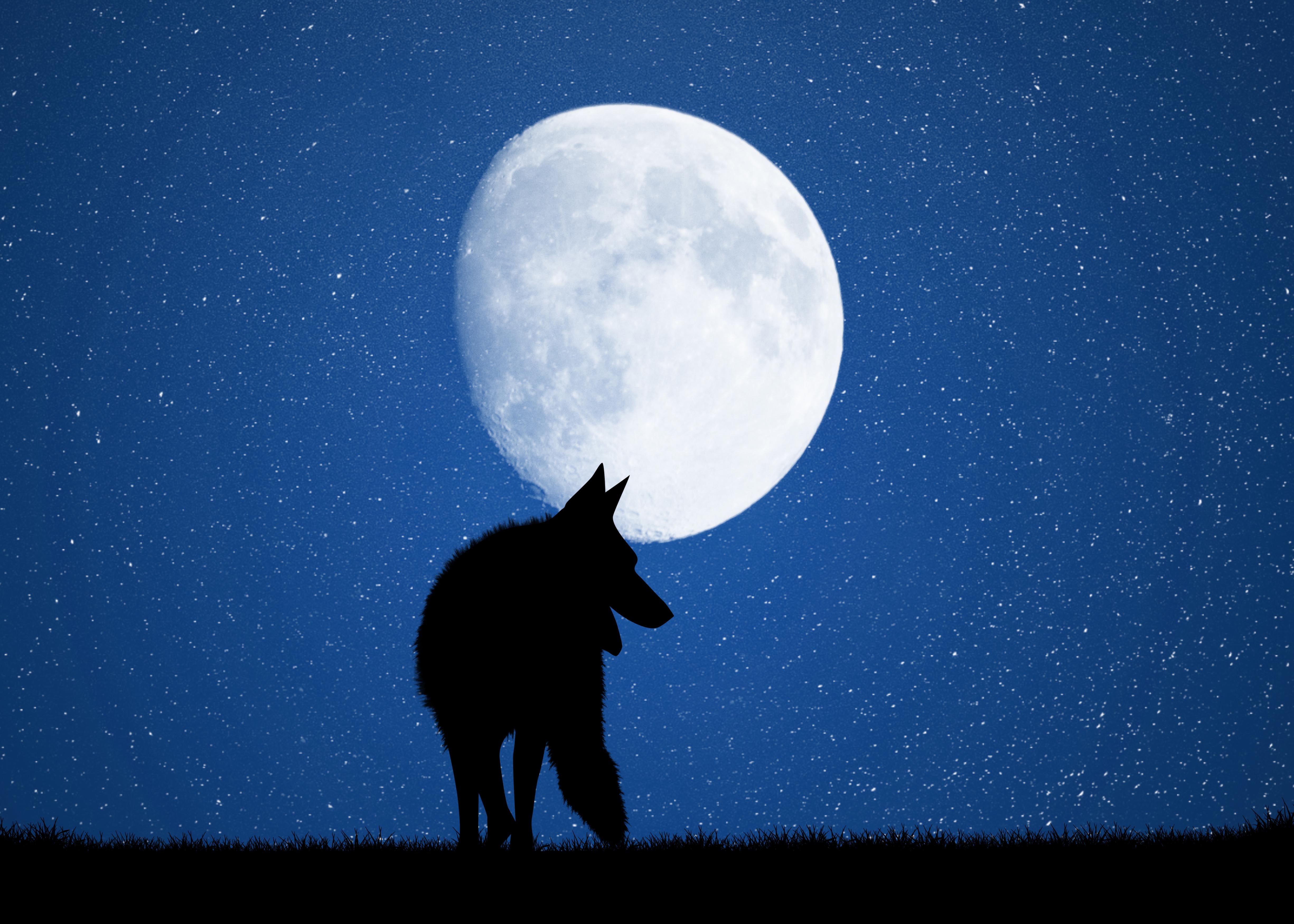Monthly Archives: May 2013
The threads connecting Crete to Scotland
The Child of the Erinyes series is a far-reaching story of love, betrayal, and eventual redemption. It’s a story of ancient Crete, how it rose to great power then declined into oblivion, and how that affected the history of the world, right up to the present and on, into the future. I label the series historical fantasy rather than historical fiction, for several reasons. One, because no one can truly know the facts of life in the Bronze Age—fragments of frescoes and seal rings only help us conjecture. Two, because Goddess Athene reincarnates my characters, bringing them back to live specific eras in the world’s continuing odyssey. Three, because the final portions of the saga occur in the future.
The world of ancient Crete is endlessly fascinating to me: the tradition of the holy king-sacrifice, the catastrophic eruption of the volcano on Thera, the mindsets and possible interactions between men and women in those very distant times. The second segment of the series, set in 1870s Scotland, (I’m working on that one right now,) has also been obsessively captivating: much nearer to us in time yet still unique. It was a lot of fun to research the customs of this enthralling country and blend them into a tale with my reborn characters, most of whom have no memories of their past lives.
For instance, there’s the traditional “digging of the carrots” on Dòmhnach Curran, (Carrot Sunday) before Michaelmas: the women kept the carrots they found in pouches called crioslachans, to be presented to their sweethearts. Forked carrots were noteworthy, as they predicted fertility. When a baby was born in the Highlands of Scotland, it was customary to place three drops of water on its forehead along with a spoonful of earth and whisky in its mouth as the necessary proverb was spoken. “Taigh gun chù, gun chat, gun leanabh beag. Taigh gun ghean, gun ghàire.” A house without a dog, a cat, or a little child is a house without joy or laughter. The infant was tucked into a basket with freshly baked bread and chunks of cheese, and held above the hearth fire. This protected it from evil fairies. The water on the forehead offered the child to the Trinity, while the earth connected it to the land. I’m not sure about the whisky, but as this beloved drink was known in the Gaelic as uisge-beatha, the Water of Life, perhaps it was intended to fill this new person with supernatural strength.
One of those serendipitous moments was when I discovered how closely ancient Crete’s birthing customs may have matched Scotland’s. It’s theorized that the umbilical cord was cut with a special knife and a blessing was sung. Priestesses or midwives carried special torches, lit in shrine fires, twice around the newborn, with the intent, again, of protecting it from evil spirits.
This wasn’t the only striking similarity I discovered between Bronze Age Crete and Scotland. There are many! I was excited to discover that ancient Crete knew of Britain, and traded with them—silver and bronze for tin. Later, I read in an obscure text that Athene, the Immortal Instigator of my series, was once worshipped in Britain, and that she was linked to, or the same as, Morrígan, sometimes called Morrigu, the Great Queen of the Tuatha Dé Dannann. The fact that Crete traded with Britain made this idea plausible, and assisted my world building efforts.

Image: see below for attribution
Ever connected to each other, my triad endures much in their long journey through Time. This is a sweeping tale full of joy, tragedy, heartbreak, lust, love, sacrifice, and devotion. Only one retains past-life knowledge: the others must begin each incarnation anew, with no more than glimpses of memory, and the inexplicable, irresistible draw from the other two that brings them together (and causes its own set of problems.) Though each life has different expectations and experiences (as well as faces—sometimes even sex,) the invisible thread connecting them to their original life on Crete is always there; that thread never stops influencing their decisions and dilemmas on a subconscious level.
In the Moon of Asterion, the newly released third installment, is both conclusion to one incarnation and trigger to the next. In every life the battle for glory, power, and love begins again, each choice taking the characters in new directions, until, of course, the finale, in our near future, which hopefully won’t take 3500 years to publish!
**************
Image: Bead found in Grave Circle A, Grave III, Mycenae, Second half of the 16th century BCE https://commons.wikimedia.org/wiki/File:Mycenaean_ring2.jpg https://upload.wikimedia.org/wikipedia/commons/d/d3/Mycenaean_ring2.jpg https://en.wikipedia.org/wiki/GNU_Free_Documentation_License https://creativecommons.org/licenses/by-sa/2.0/deed.en https://commons.wikimedia.org/wiki/Commons:GNU_Free_Documentation_License,_version_1.2 Unknown authorUnknown author, CC BY-SA 3.0 , via Wikimedia Commons. Corners rounded off.









